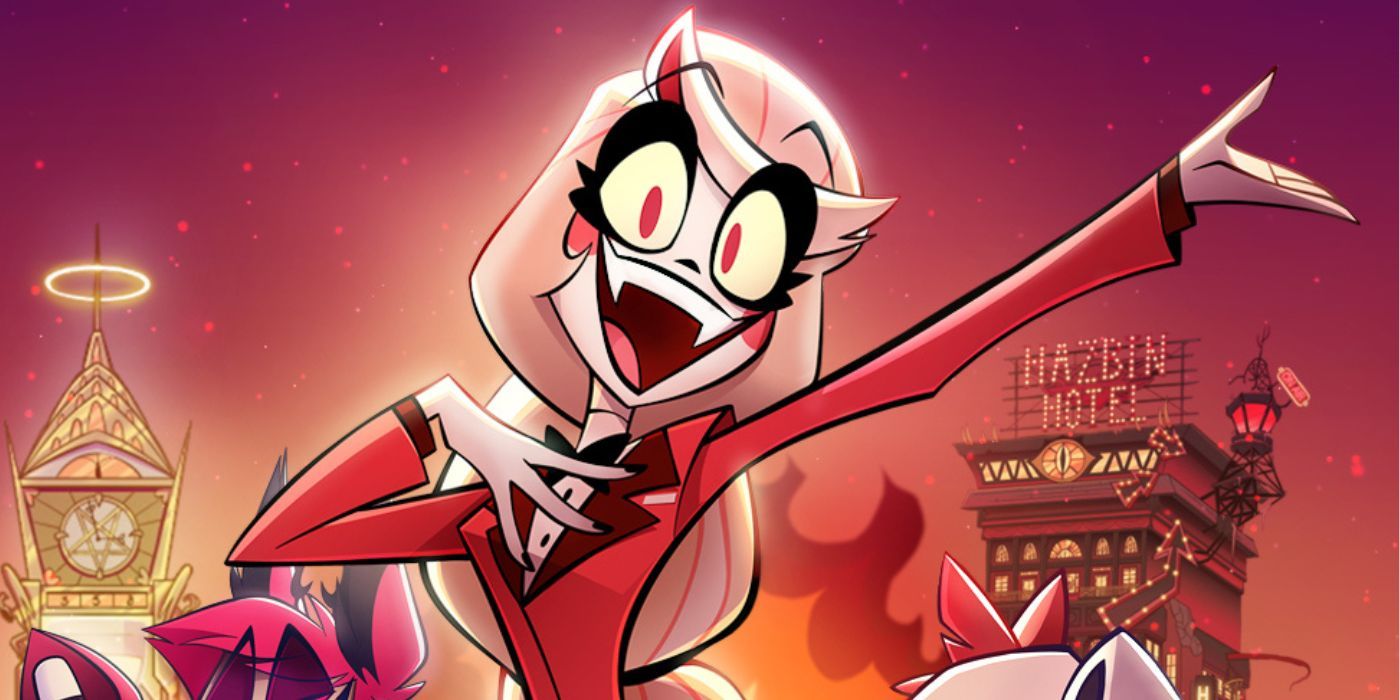On June 19th, 1865, Union troops arrived in Galveston, Texas, and issued orders to free the state’s entire enslaved population—two and a half years after President Lincoln’s Emancipation Proclamation had gone into effect. Juneteenth, a portmanteau of that date, honors what is often seen as America’s second Independence Day, and was recognized as a federal U.S. holiday in 2021. So Many Years and The Juneteenth Alphabet join the legion of picture books introducing young readers to this day of remembrance and jubilation.
So Many Years
On the title page of So Many Years: A Juneteenth Story, readers are introduced to a Black family: a father taking care of a horse drawing a wagon, a mother hanging laundry and a daughter and son running through their yard. As the family gets ready for a celebration, each spread asks readers to ponder how a person would celebrate if, after “so many years” of being enslaved, they finally had the freedom to do so.
Ezra Jack Keats Honor recipient Anne Wynter has demonstrated her skill for thoughtful yet concise text in previous offerings such as Everybody in the Red Brick Building, and she takes it a step further here. The minimalist text of this picture book, which takes the form of a series of questions (“How would you sing after so many years of writing your songs in code?”) and their ensuing responses, creates a powerful call-and-response effect. Readers will leave knowing this particular family’s story, though they may spend even more time reading the “About Juneteenth” section at the end, where Wynter succinctly gives a history of the holiday.
The stunning illustrations are unmistakably the work of Jerome Pumphrey, one half of the Pumphrey brothers, who received a Caldecott Honor for their illustrations in Jason Reynolds’ There Was a Party for Langston. Pumphrey’s use of acrylic paint on hardboard panels gives texture and depth to his beautiful, impactful spreads as the first half of the book offers glimpses of the family preparing for a Juneteenth celebration, memorably juxtaposed with the harsh reality of their previous life as enslaved people. We are then, in the second half, taken through a series of future Juneteenths, with time jumps cleverly hinted at in the details.
The Juneteenth Alphabet
From A for “ancestors” all the way to Z for “zeal,” The Juneteenth Alphabet uses the ABCs to guide conversations about the complexities of the holiday. It offers valuable context to the historical events before, during and after emancipation, and pays tribute to those who brought the celebration into the mainstream, such as the “Grandmother of Juneteenth,” Opal Lee.
The text by debut author Andrea Underwood Petifer is a joy to read, while maintaining the picture book’s informative mission. Petifer opts for alliteration any chance she gets. For example, on the page for H (“happy”), Petifer writes, “This history can be hard, and at times it can feel heavy, but with hugs and hope, we can continue to hold space for truth.” In addition to historical details that provide helpful context, Petifer also offers a generous variety of prompts such as “turn and talk” and “focus and find” to guide discussions.
Illustrator Ana Latese contributes digital art that pops from the page. Creating a series of illustrations to effectively represent the themes of 26 words is not an easy feat, yet Latese keeps all the spreads cohesive, and her inclusion of a wide range of skin tones, hair and bodies truly celebrates the vast diversity of America’s Black population.


















